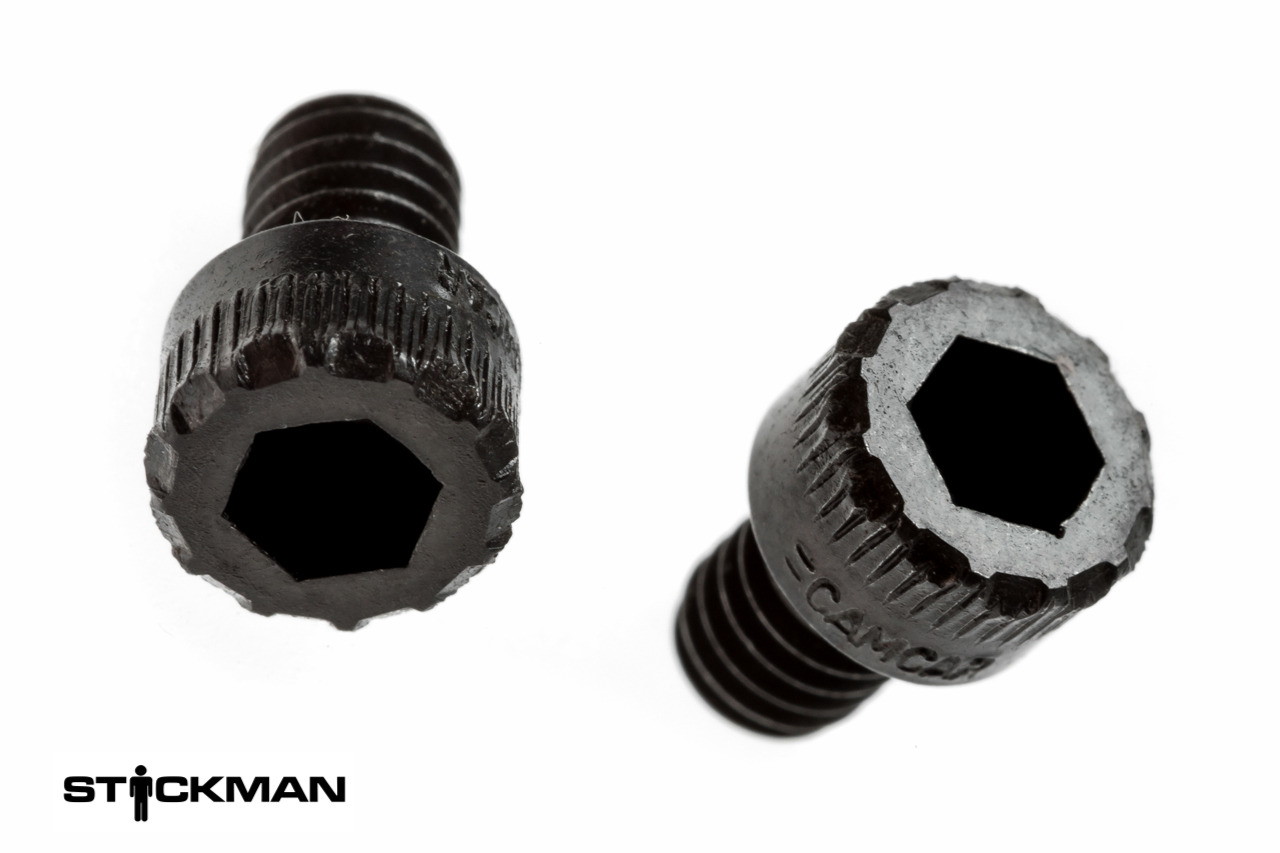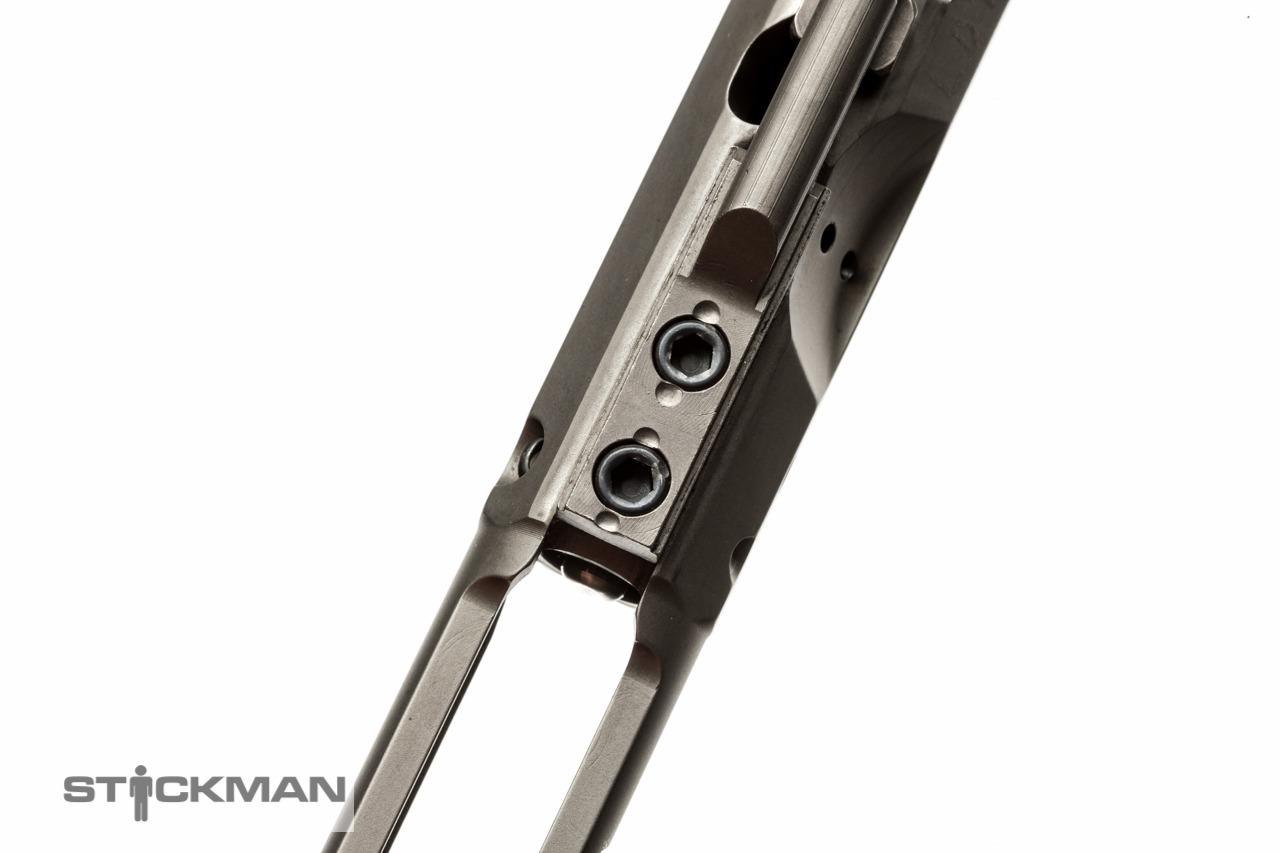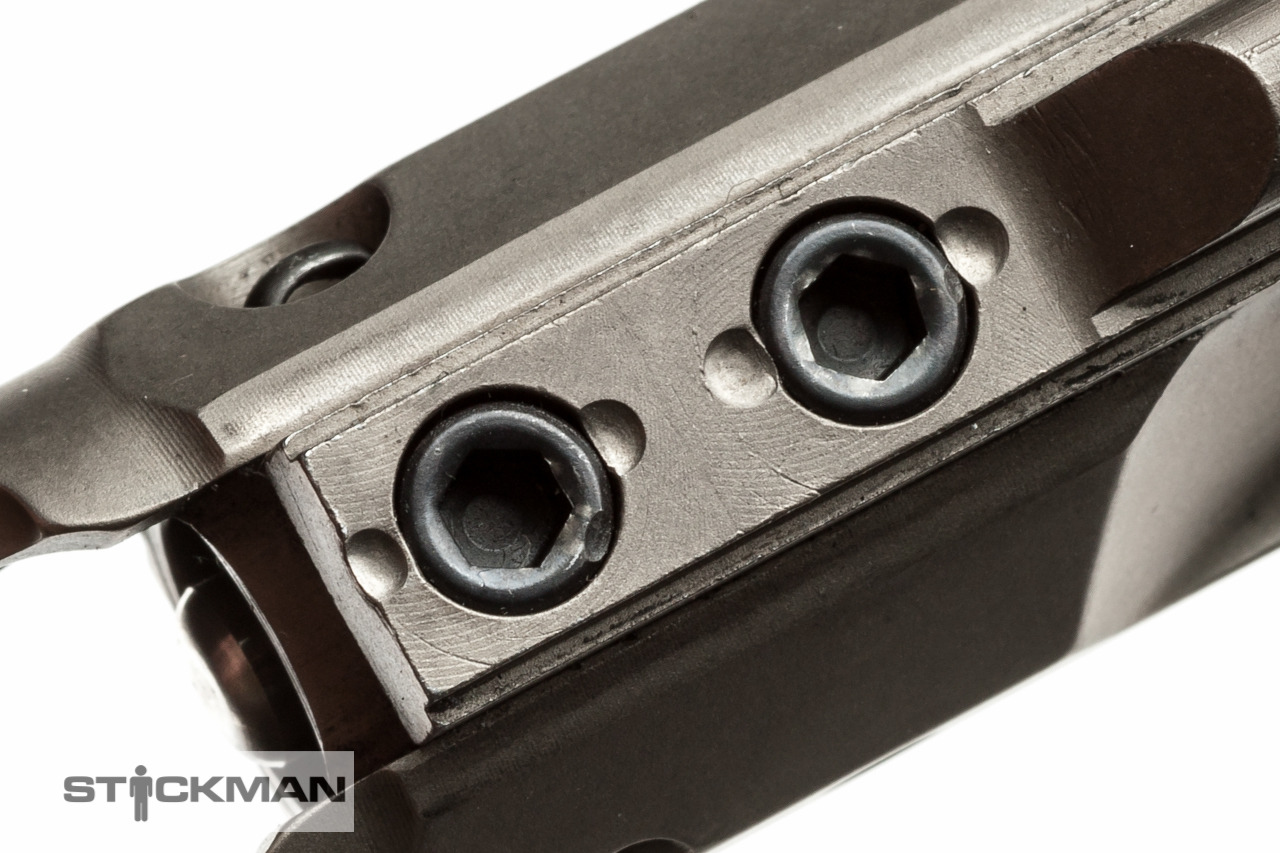To say that this thread is overdue is more obscene than most people will know, but aside from me losing parts (hey, I'm honest), I believe in this particular item enough that I think it is worth spreading the word.
The sad news for many people, is that a dirty weapon, and insufficient lube are the primary problems when users experience problems with their weapon. Moving past that we can get into magazine failures and some other common failures, but when we come to actual problems inside the weapon which the user has not managed to bring upon themselves, we find gas problems to be right near the top of the list.
The mechanical failure we see on a regular basis? That one thing that course instructors see over and over while teaching classes? What is one of the first things as a PD Armorer and Firearm Instructor we look for in AR15 POW (privately owned weapons) when teaching courses? The answer is the carrier key screws, and without fail, we almost always find screws that are staked poorly, not staked at all, or have screws that are loose. The last sentence is rather redundant, as poorly staked screws often come loose, screws that aren't staked often come loose, and obviously screws which aren't tight to begin with often come loose. Seems like a simple, yet heinous oversight on the part of Bolt Carrier Group (BCG) manufacturers doesn't it? The simple sad truth is that high quality components cost more money, and if a vendor doesn't spec out top of the line parts, the manufacturer is going to go low quality to meet the bid or price point of the contract.
For some people I might be already speaking tech geek, and yes, this article does assume the reader is somewhat knowledgeable about the AR15/ M16/ M4 and components. I'll back up for a minute and we can look at the need for the carrier key to be locked securely onto the carrier.
A bullet is fired, and from the chamber is propelled down the barrel with great vengeance and fury. Before the bullet leaves the barrel, it passes the gas port, which is of a special size and is covered by a gas block. The pressure of the gases goes up into the gas block, and through the gas tube where it quickly finds itself interacting with the bolt carrier key. Pressure flows through the key and into the body of the BCG, at which point we have lift off!! Not really, but if everything is proper, we do have proper extraction and ejection of the casing, and there has been enough pressure to send the bolt completely to the rear so it can travel forward again as needed. Loose screws cause leaks and the pressure eventually drops to the point of causing malfunctions.
With the above in mind, lets look at the Optimized Carrier Key Screw (OCKS) from that mad genius Ned Christiansen at Michiguns as shown below:
.
.
The above screws are not to size.... The OCKS screws are made in the USA, and feature 12 cog, or gear like cutouts. These cutouts give metal from your gas key an area to displace, thereby securing and preventing movement or loosening via mechanical means (staking). Many times AR15 owners hear about the AR15 needing proper "staking", and rush to their weapon to check and see if theirs passes this mystical test. They look at large staking marks, and relax feeling confident they have deep secure staking and have no further need of worry. Sadly, those people have missed the point. When we look at the below carrier and carrier key, on first glance it appears the carrier key was staked heavily, in two opposing places, and that all is well.
.
.
Now we jump into macro (or micro mode if you are a dirty Nikon shooter) viewing, and see a large problem. The displaced areas on the screw do NOT match the areas on the carrier key! The deepest staking in the world fails if it is not done correctly. Take a look at the below image, and look at the actual screws. There is almost nothing for the displaced metal to lock in place against. There is minimal knurling at best, the top of the screw is almost oval or ridge like meaning the metal would have to travel a massive distance to even make decent contact, and even then still have no way to secure it. You can see this BCG is pretty new as there is almost zero discoloration, and even still, we can see the screws have shifted quite a bit.
.
.
If after reading all of this, you decide to post online or go check your BCG and compare it to your friends, remember that if you have doubt, it is an incredibly simple fix. Loosen the old screws, and install the new ones. After you are done with that, stake the screws, verify metal has been moved into the little gear cutouts, and you are GTG. Before anyone tells me they can't fasten, secure, stake, or anything else, I'll tell you that it is simplistic. Staking does not need to be pretty, it just needs to be secure. I have used a door jam to prevent the BCG from moving, and then staked carrier keys by using a large flat headed screwdriver and regular hammer. For those people, departments, clubs, or agencies which are looking to do this on a more professional level, there are tools from M-Guns.com which make things look nice and perfect.
I'll close this one up by saying your gun company may have saved a few cents per piece by going the cheap screw route. If you find this to be true, the replacement upgraded screws are 6 for $10, and prices go down if you buy more. This is a quality part, and on a scale of 1-10, it is an easy 10. This is the component which should be on every BCG.
For more information, hit up http://www.m-guns.com/tools.php.
If you have questions, comments, or additional input, please feel free to post it below.
Lastly, if you like this style of article, and may have possibly learned a little tiny bit, please let me know that as well. I try to write (magazine or online) at a level which educates most people, and often with a little humor.
Thanks,
Stick









 Reply With Quote
Reply With Quote
Bookmarks